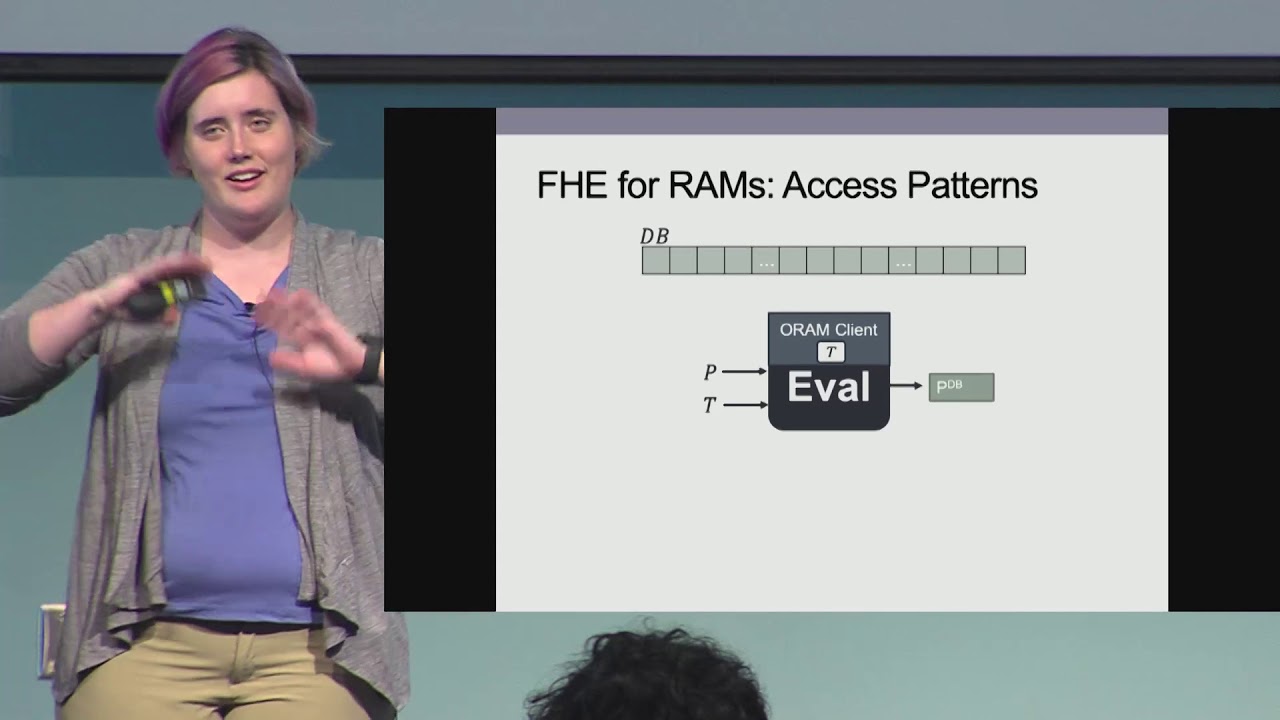Welcome to the resource topic for 2019/632
Title:
Fully Homomorphic Encryption for RAMs
Authors: Ariel Hamlin, Justin Holmgren, Mor Weiss, Daniel Wichs
Abstract:We initiate the study of fully homomorphic encryption for RAMs (RAM-FHE). This is a public-key encryption scheme where, given an encryption of a large database D, anybody can efficiently compute an encryption of P(D) for an arbitrary RAM program P. The running time over the encrypted data should be as close as possible to the worst case running time of P, which may be sub-linear in the data size. A central difficulty in constructing a RAM-FHE scheme is hiding the sequence of memory addresses accessed by P. This is particularly problematic because an adversary may homomorphically evaluate many programs over the same ciphertext, therefore effectively ``rewinding’’ any mechanism for making memory accesses oblivious. We identify a necessary prerequisite towards constructing RAM-FHE that we call \emph{rewindable oblivious RAM} (rewindable ORAM), which provides security even in this strong adversarial setting. We show how to construct rewindable ORAM using \emph{symmetric-key doubly efficient PIR (SK-DEPIR)} (Canetti-Holmgren-Richelson, Boyle-Ishai-Pass-Wootters: TCC '17). We then show how to use rewindable ORAM, along with virtual black-box (VBB) obfuscation for specific circuits, to construct RAM-FHE. The latter primitive can be heuristically instantiated using existing indistinguishability obfuscation candidates. Overall, we obtain a RAM-FHE scheme where the multiplicative overhead in running time is polylogarithmic in the data size N. Our basic scheme is single-hop, but we also extend it to get multi-hop RAM-FHE with overhead N^\epsilon for arbitrarily small \epsilon>0. We view our work as the first evidence that RAM-FHE is likely to exist.
ePrint: https://eprint.iacr.org/2019/632
Talk: https://www.youtube.com/watch?v=QDZ55jMPpHg
See all topics related to this paper.
Feel free to post resources that are related to this paper below.
Example resources include: implementations, explanation materials, talks, slides, links to previous discussions on other websites.
For more information, see the rules for Resource Topics .
